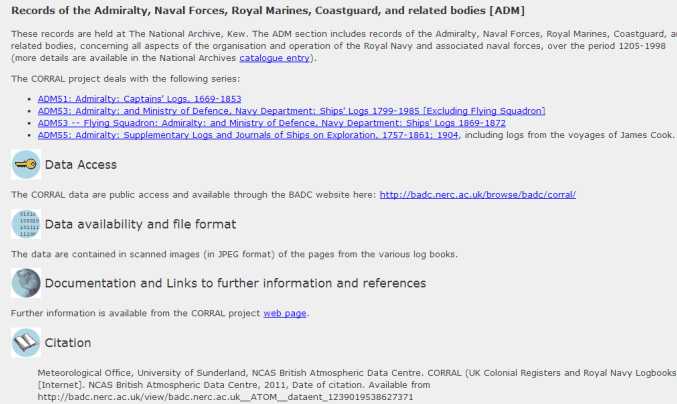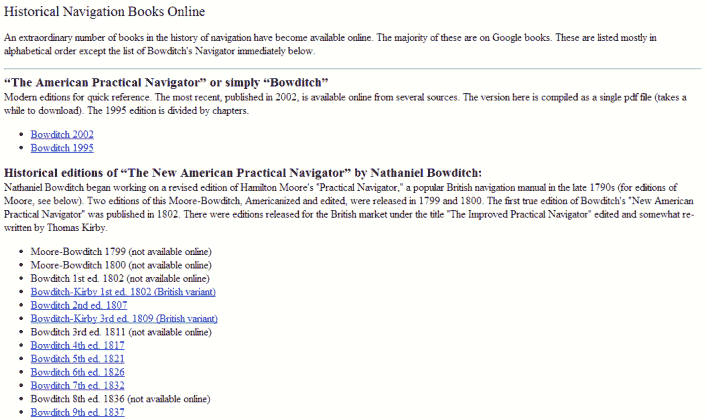
NavList:
A Community Devoted to the Preservation and Practice of Celestial Navigation and Other Methods of Traditional Wayfinding
From: David Pike
Date: 2015 Nov 24, 08:50 -0800
Sam L you asked. I'm trying to figure out a new waypoint Lat/Long given the distance and true bearing from a known latitude and Longitude. I tried this fellas method but don't get anywhere near the correct answer.- http://www.igismap.com/formula-to-find-bearing-or-heading-angle-between-two-points-latitude-longitude/ Does anyone have a formula that'll work....for me?
I didn't attempt to follow the link above, but the best method would depend upon the distances involved; the problem being that a 3D spherical Earth can never be fully represented on a 2D flat map. However, Mercator had a pretty good try for equatorial and temperate latitudes. I’m assuming you’re not thinking of distances in excess of 100nm say. The easiest way by far would be to forget formulas and plot the bearing and distance on a chart from the first point, and take the new lat & long from the chart. However, if you wish to stick with formulas, you should change the distance into nm northings and eastings. The Navigation and Bombing Computer in the RAF V Bombers worked exactly like that https://www.youtube.com/watch?v=ukhTnm1YCiI (all eight parts if you don’t fall asleep watching them!).
If d is the distance and phi is the bearing, northings = dcos phi and eastings = dsin phi
For bearings between 091 and 359, get the + - sign from the ‘All, Silly, Tabby, Cats’ rule. The new latitude is easy. Just add the nm northing to the first latitude. The new longitude is a bit harder. Calculate the mean latitude between the first and second latitudes. Then divide the nm eastings by the cosine (or multiply by the secant) of the mean latitude to get chlong in minutes of longitude. Apply this in the correct sense to the first longitude to get the second.
USAF had a great little book for converting between minutes of longitude and eastings called 'SAC Tables'. Does anybody still have a copy? DaveP






